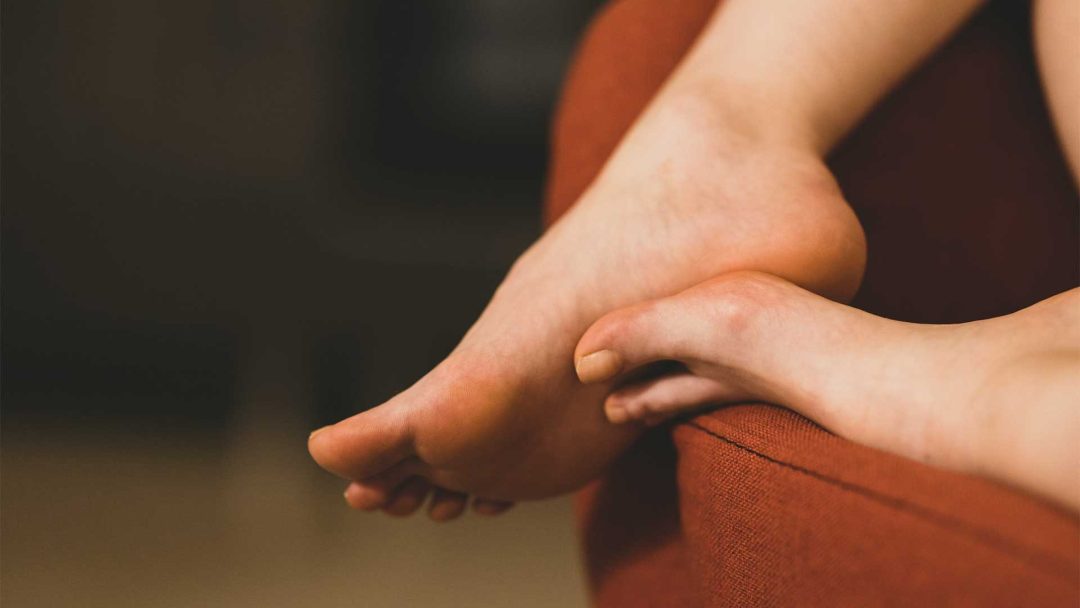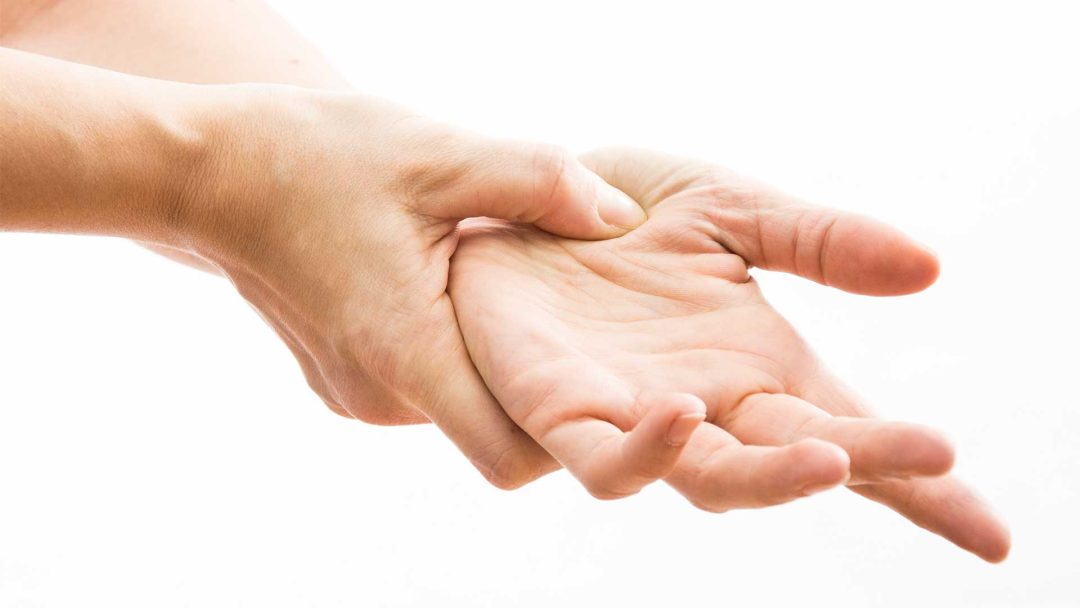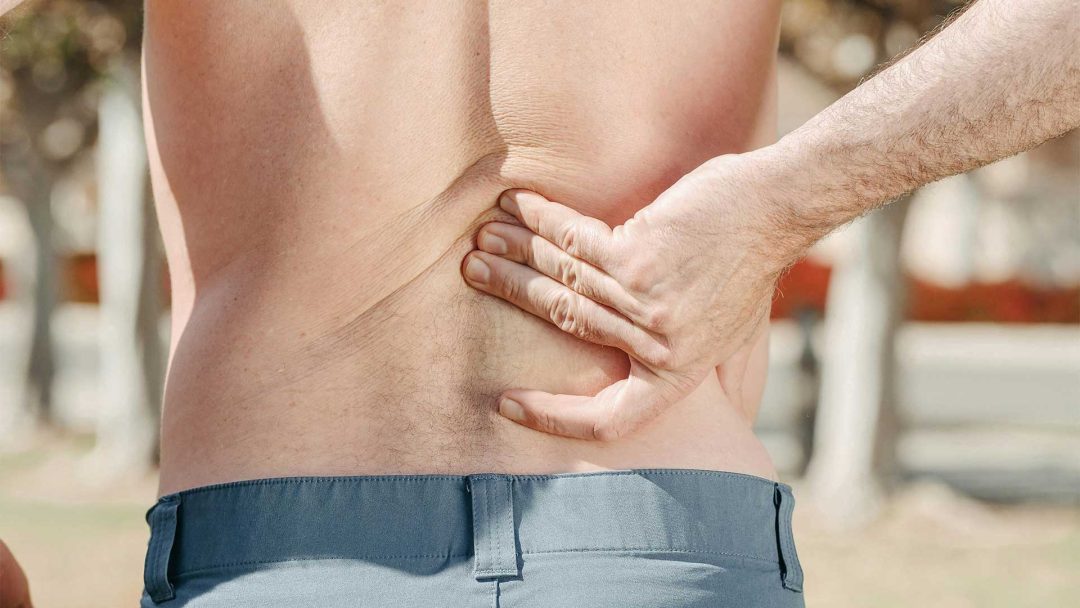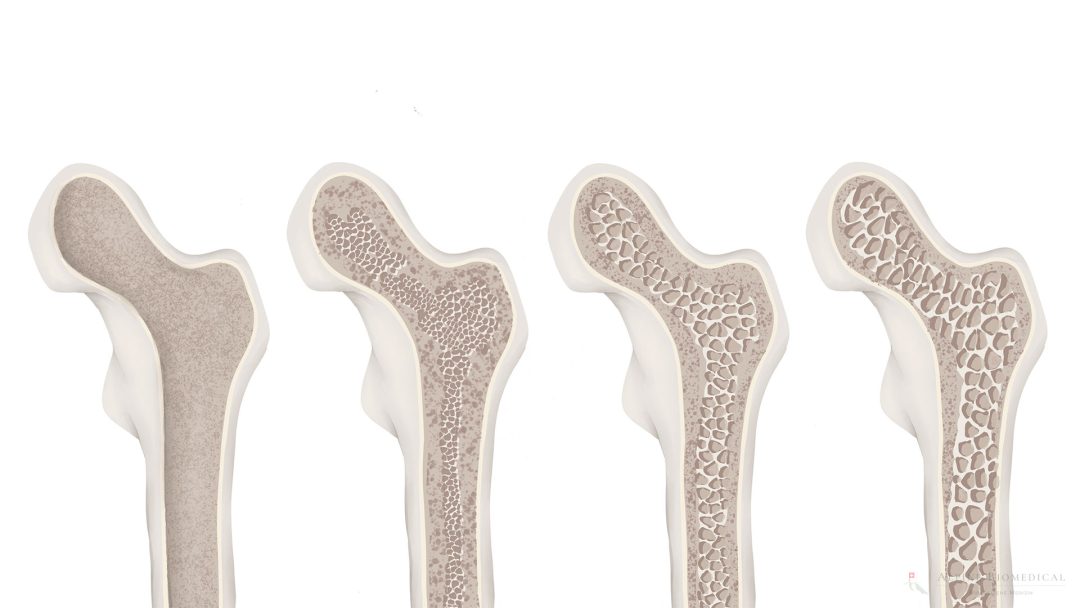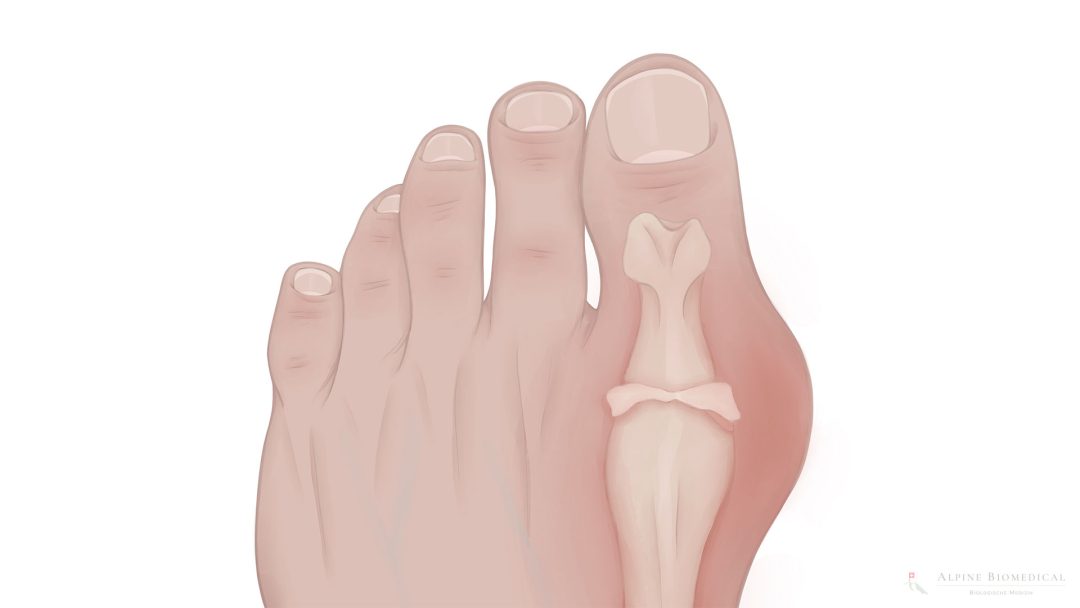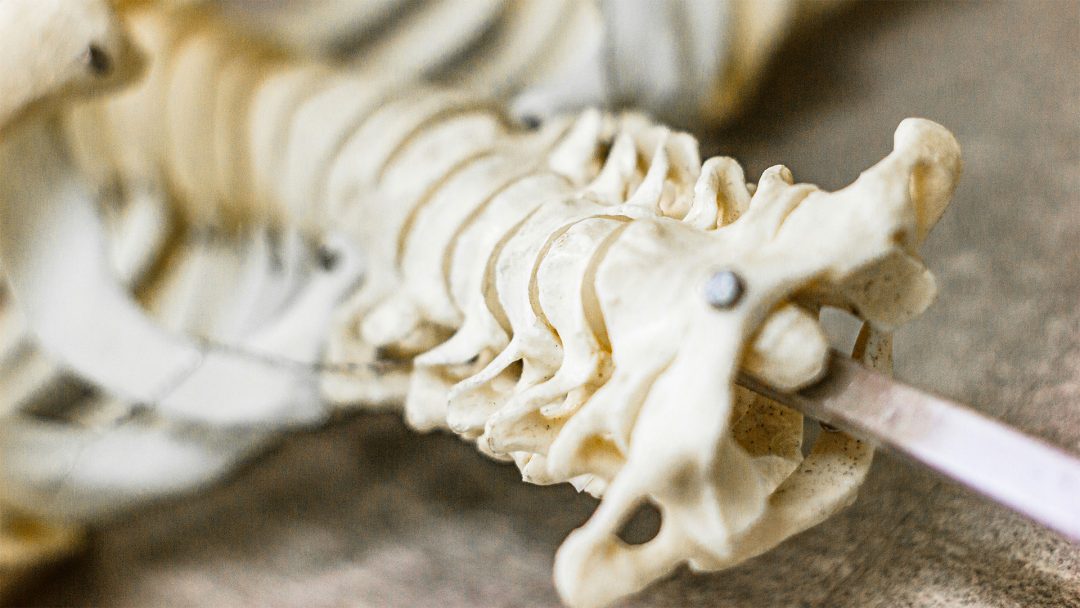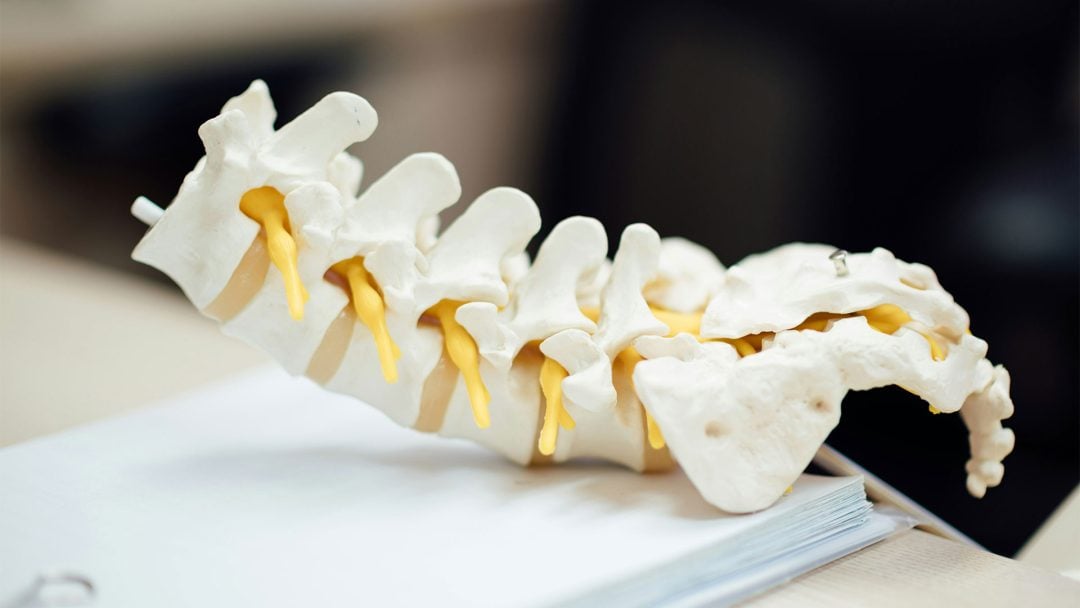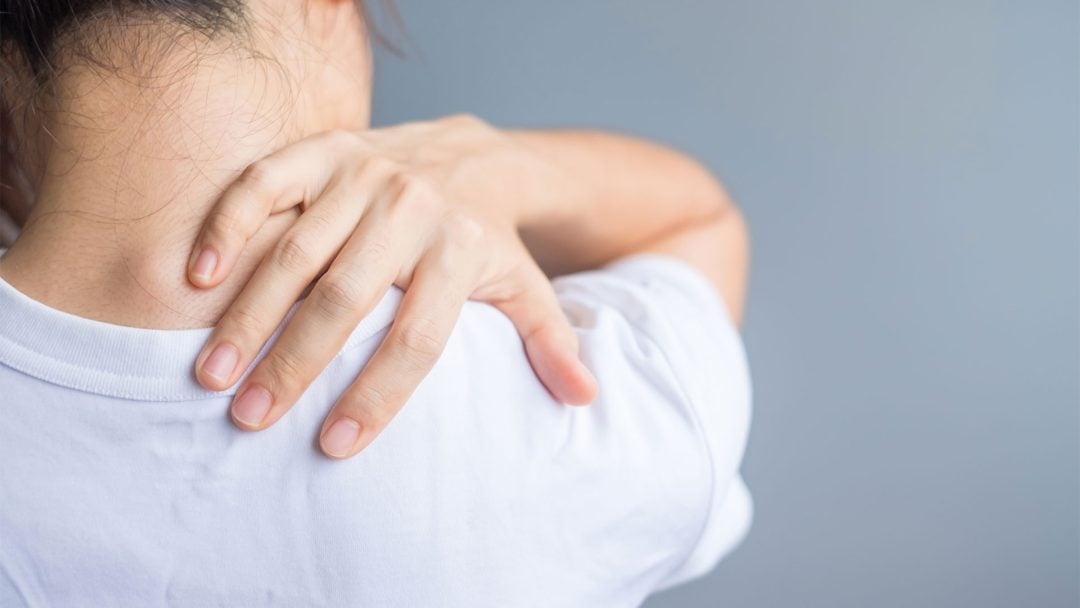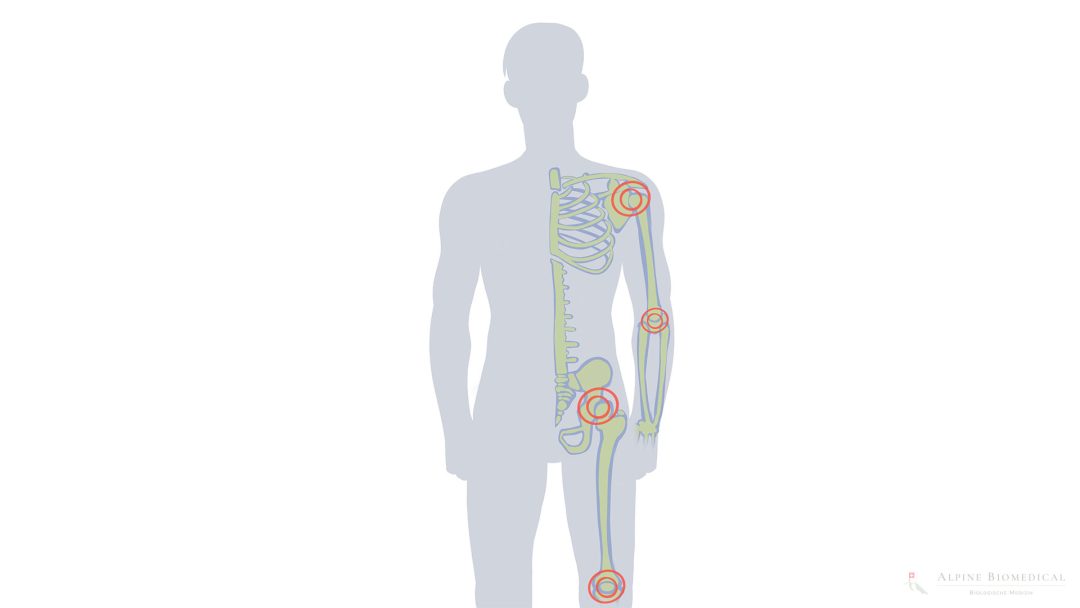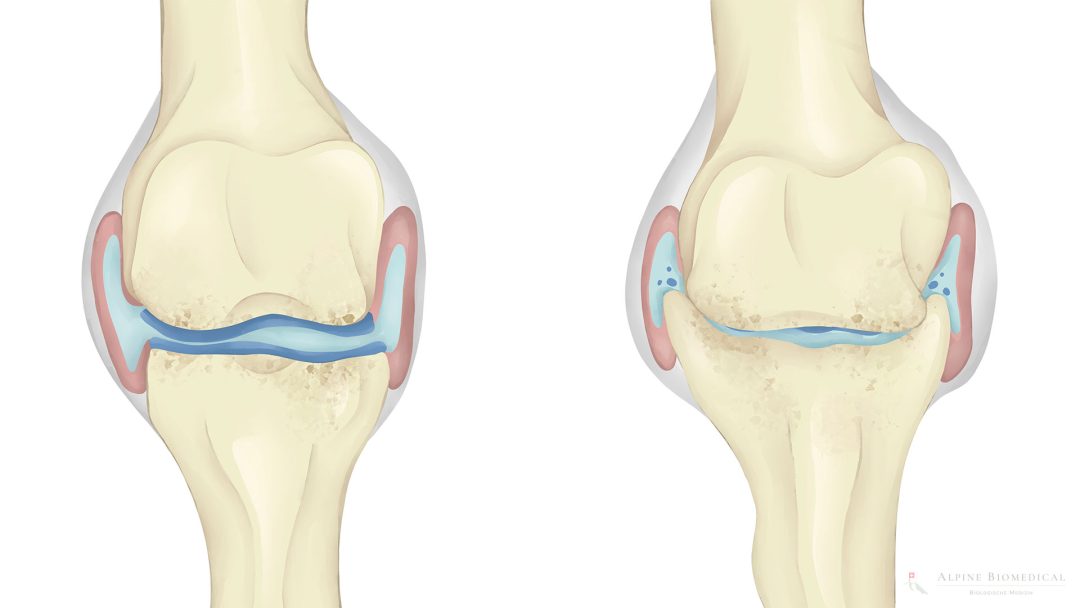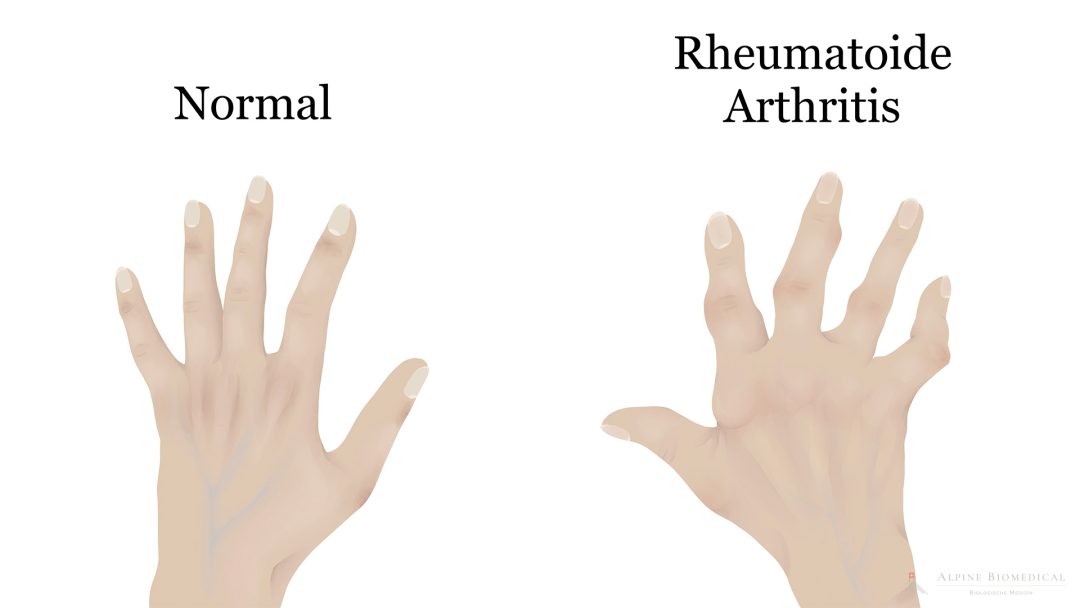Bone and Joint Diseases
Bone and joint diseases include a myriad of different clinical pictures with a variety of causes and therapies derived from them.
A rough distinction can be made here between three main causes: accident-related, wear and tear and inflammatory genesis. However, the transitions here are fluid.
Bursitis
Bursitis is a painful inflammation of the bursa that allows the joints and muscles to move smoothly.
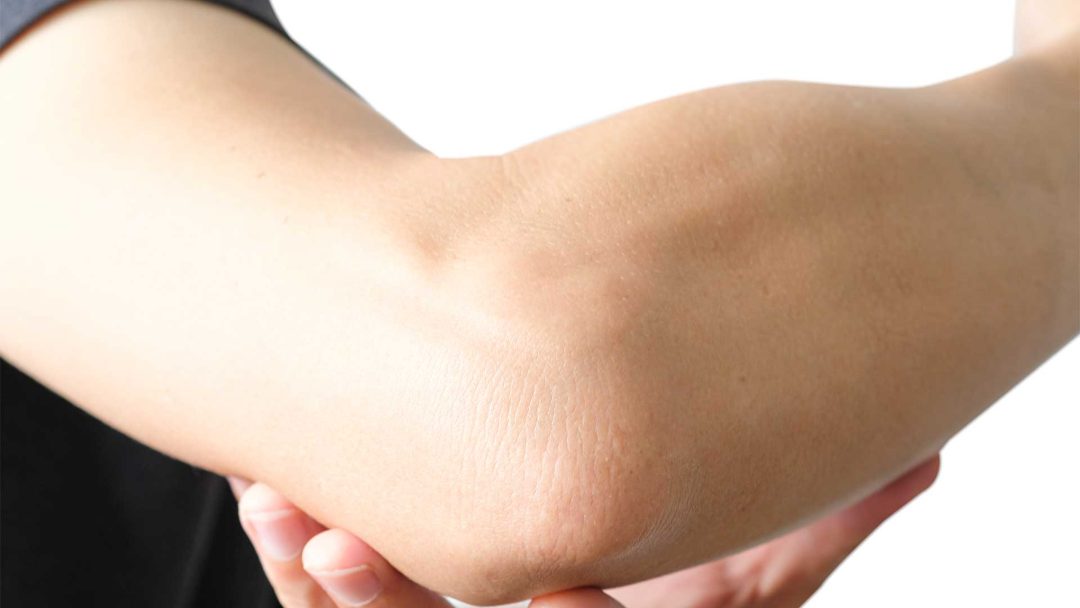
Heel Spur
The heel spur (plantar fasciitis) is a painful and chronic inflammation of the heel ligament.

Carpal Tunnel Syndrome (CTS)
Carpal Tunnel Syndrome (CTS) is caused by compression of the median nerve at the wrist.

Lumbago
Lumbago is a sudden lower back pain that can severely restrict mobility.

Arthritis
Arthritis is an inflammatory joint disease that can be accompanied by severe joint pain and restricted movement.

Osteoporosis
In osteoporosis, the bones show a slowly progressive decrease in bone density and can break more easily.

Gout
Gout is a metabolic disorder in which uric acid crystals are deposited in the joints and lead to painful inflammation.

Ankylosing Spondylitis
Ankylosing spondylitis is an inflammatory, rheumatic disease that mainly affects the spine.

Herniated Disc
A herniated disc is also known as a prolapsed disc or disc hernia and can lead to severe pain.

Shoulder Pain
Shoulder pain is a common orthopaedic issue and is often caused by muscular tension.

Joint Pain
The individual causes of joint pain can vary and should be identified before starting therapy.

Arthrosis
Osteoarthritis, also known as joint wear, can greatly reduce quality of life.

Rheumatism
Rheumatism describes various diseases within the rheumatic spectrum.

Accident-related Bone and Joint Diseases
Accident-related complaints should be treated with cooling, rest or immobilization and, if necessary, surgery. It is important that the correct anatomy and function are restored as ideally as possible.
Wear and Tear
Wear and tear can have different causes. On the one hand as a late consequence of an accident, age-related wear and tear and there are also genetic factors.
The therapeutic approach should depend on the extent – apart from surgery, there are various conservative therapeutic approaches in advanced stages. On the one hand, the affected tissue can be supported in its metabolism with appropriate nutrition; on the other hand, inflammatory processes occur as a result of the degeneration, which in turn can be treated with anti-inflammatory measures. In addition, various bioregenerative therapies such as platelet-rich plasma (PRP) are available today.
Inflammatory Cause
Primary inflammatory joint diseases are rheumatic diseases such as classic rheumatism and Graves’ disease. These diseases have autoantibodies, which are antibodies directed against the patient’s own organism, in common. There are also bacterial infections that can manifest themselves as joint inflammation, for example Lyme disease.
Chemotherapeutic agents or antibiotics are classically used here. From a holistic point of view, naturopathic methods can also bring great success. After a detailed diagnosis of the cause, anti-inflammatory treatment can be carried out using diet, nutritional supplements, infusion therapy and INUSpheresis®.
For all causes, targeted exercise as part of physiotherapy should also be part of the treatment.
All Blog Categories
See all blog categories below.
- Allergies
- Autoimmune Diseases
- Bone and Joint Diseases
- Cancer
- Cardiovascular Diseases
- Chronic Pain
- Dementia
- Detoxification
- Ear Diseases
- Exhaustion
- Gastrointestinal Disorders
- Immune Disorders
- Infectious Diseases
- Inflammation
- Intolerances
- Medication
- Men's Health
- Menopause
- Metabolic Disorders
- Minerals
- Neurological Diseases
- Nutritional Supplements
- Respiratory Diseases
- Skin Cancer
- Skin Diseases
- Thyroid Diseases
- Trace Elements
- Tumor
- Vitamins
- Women's Health
